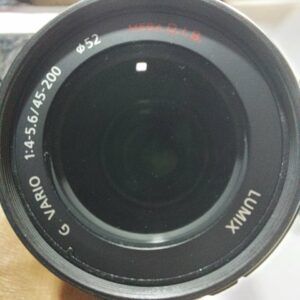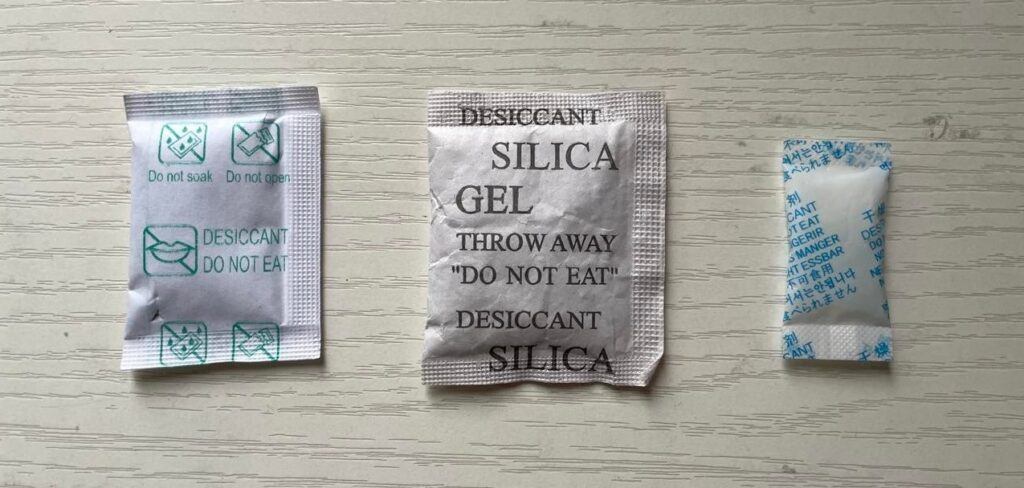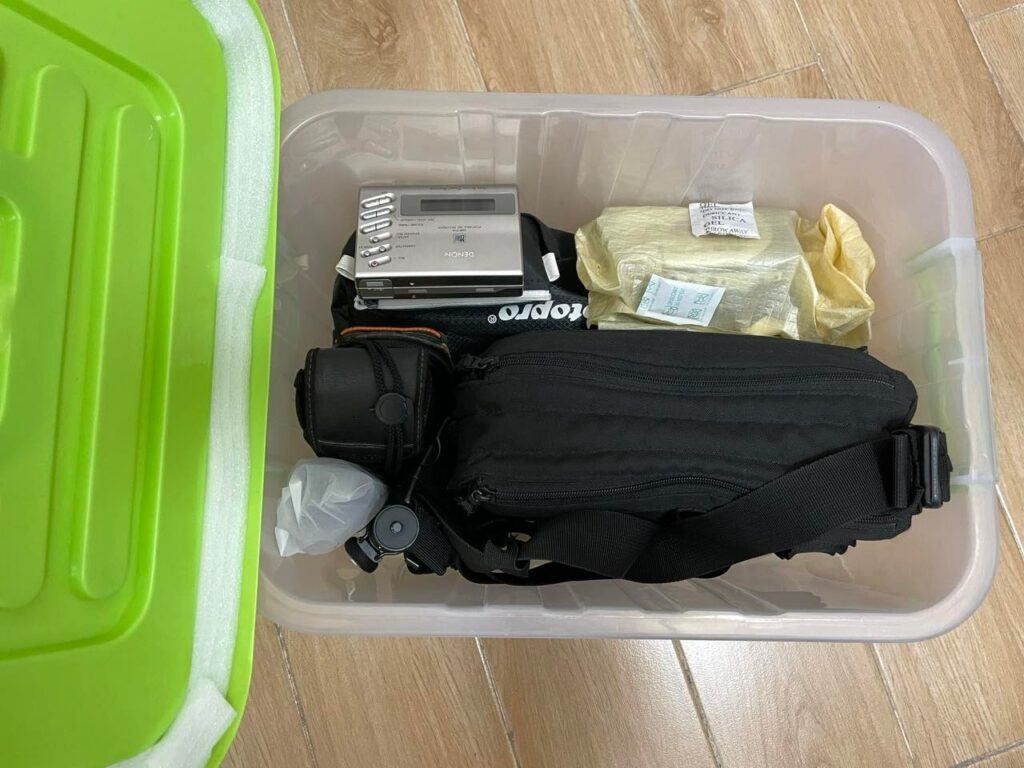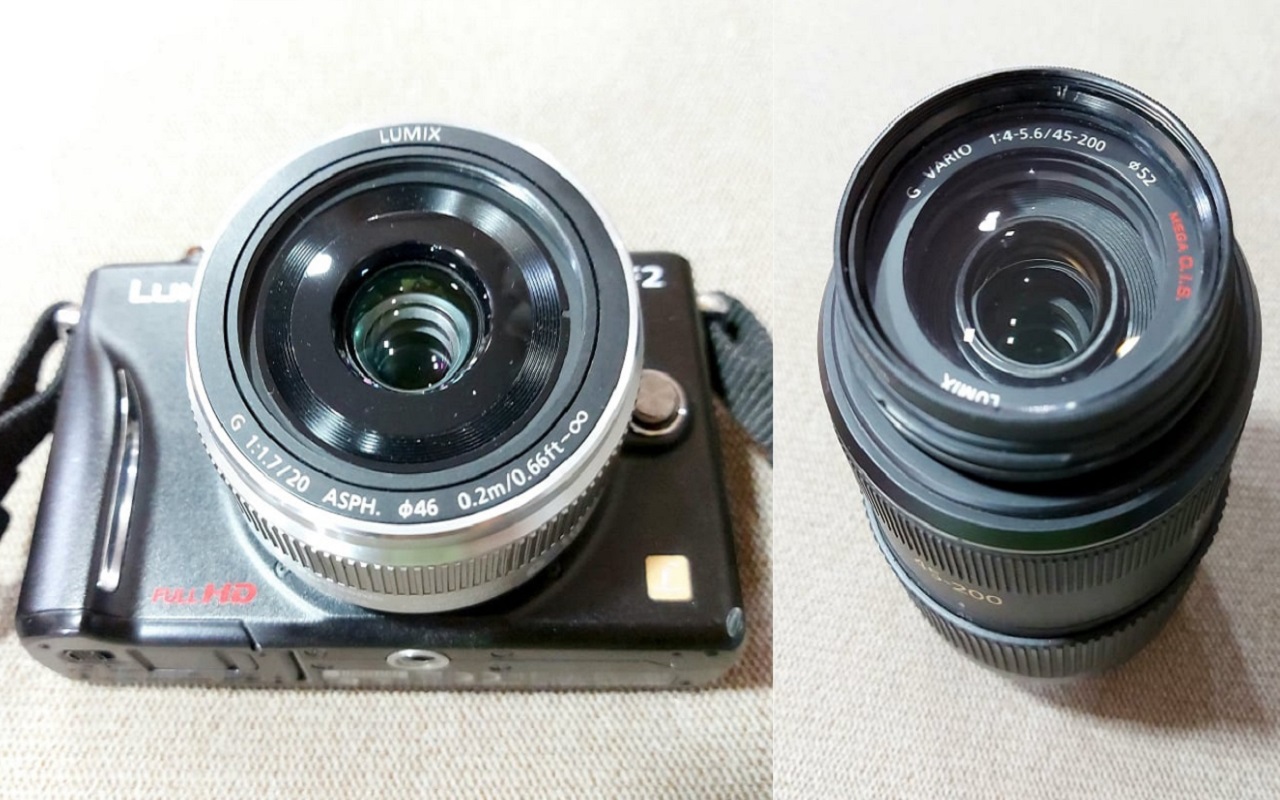In my previous article, I have discussed ways how to clean the lens of camera. This time around let us talk about how to prevent mold on camera lens or on your mirrorless camera lenses.
It’s good to learn what are the basic tools or basic cleaning kits to maintain your mirrorless camera, particularly your lenses. On the other hand, don’t you think it’s even wiser to prevent anything from occurring in the first place? Make sense right?
Mold or fungus build-up inside of your mirrorless camera lens is the worst thing that could ever happen to your expensive property. However, if you don’t recognize this issue at a very early stage you won’t get spared by the constant change of the weather. This is even more problematic in many locations where humidity is very high like tropical countries and regions.
When I was young, I vividly remember how my late mother put naphthalene balls inside all of our closets. That when I put my clothes on, I can smell that strong odor which I dislike. But that’s how things were done before. Could be a cheap alternative to neutralize mold and mildew as well as pests from destroying all our clothes as naphthalene balls absorbs moisture and prevent pests like clothes moth and cockroaches from invading.
Up to now, you can still see naphthalene balls hanging in supermarkets or hardware stores. I don’t buy them though to be hung inside our dresser, other better-scented alternatives are available that are friendly to the nose.
Furthermore, I would not recommend placing naphthalene balls together with your mirrorless camera. There are better ways to prevent mold or fungus from invading your expensive photography gears.
Prevention Is Better Than Repair
We would always hear this cliche “prevention is better than cure“. This is so true and applicable to everything including our health but often neglected.
So the same goes for our gadgets- prevention is better than repair!
If you could avoid something from happening would you do it? Surely. But it takes effort and not just some empty promises that okay I’ll take care of it later. Action speaks louder than words- do what is necessary to protect your mirrorless camera after all it’s not a cheap toy.
Let’s take for example and examine the image below. This is a second-hand zoom lens I purchased online for the Lumix GF2 mirrorless camera. It was advertised as in good working condition.
After I received this lens I tested and yeah it’s working perfectly fine. I noticed though that there were traces of mold at the inner side of the lens. Good thing is that it did not affect the output quality of the image. Therefore I’ve decided to just keep and use it instead of going through the hassle if I have to return it.

Until this day this lens still works fine and can capture nice images. It’s more than 10years since that decision to keep it. Hence, the gamble to use rather than return it has been vindicated.
Ways How To Prevent Mold on Camera Lens
Here are some practical ways how to ward off mold or fungus from invading your mirrorless camera specifically lenses by using the following possible storage available to you.
1. Electronic Dry Cabinet
An electronic dry cabinet is a controlled cabinet storage where you can set and control the inside humidity to keep your photography gears protected from mold, mildew, and fungus invasion.
- Dry cabinets are available in many sizes and designs (also known or called a dry box).
- Expensive for beginners and enthusiasts that have limited gears to keep.
- Mostly used by professionals or enthusiasts that have more gears to keep and protect.
- Dry cabinets are also popularly used in electronics manufacturing as storage of sensitive components such as IC’s to preserve its life cycle. Bigger and more capable factories utilize control storage rooms (controlled temperature and humidity) for sensitive parts.
Tips: 1. Remove the batteries from the camera when storing your mirrorless camera especially for a longer period.2. Batteries need to be recharged and discharged once in a while if kept for a longer period to maintain the battery's life (at least once every six months or check the instruction manual on preserving the battery life of your mirrorless camera. *For Canon it is mentioned in the instruction manual to charge the battery at least once a year and use it until it is fully discharged before storing again).3. Ideal RH% setting to maintain for your mirrorless camera and lenses is between 30% - 50% relative humidity.
2. Dry Box or Air Tight Box
A dry box or an air-tight sealed box is a cheaper way of organizing and protecting your mirrorless camera gears from mold, mildew, fungus, and even dust intrusion.
- Cheaper alternative way to keep your mirrorless camera gears protected from mold and fungus attacks.
- Some pre-made dry boxes are with installed hygrometer as an indicator for you to monitor the humidity inside the dry box. Some models can also monitor the ambient temperature.
- Add desiccant bags or pouch to keep humidity and moisture in check.

Tips: 1. Don't throw away desiccant packs normally found when buying new shoes, electronics items, etc. Collect and re-use them in your homes. Put them inside your drawers to help absorb moisture to minimize mold build-up on your personal stuff like your mobile phone, chargers, cables, important documents, photographs, etc.2. Desiccant can be regenerated or reactivated for re-use by drying it in an oven to draw out the moisture at an approximate temperature of 120oC for about 15mins. Desiccants can be used for up to 3 years.
3. Keep your Mirrorless Camera Gears in a Cool Dry Place
Allowing your expensive gears to sleep long without even bothering when you’ll gonna use it again is the best recipe for fungus to celebrate. Therefore, place it in a cool dry place in case you don’t have a dry cabinet or dry box.
Avoid putting your mirrorless camera equipment near heat-generating appliances such as refrigerators, steamers, ovens, microwaves, TV, etc.
Don’t even think of placing or inserting it on your unused kitchen cupboard.
4. Make Use of What You Have – Add Moisture Absorption Packs
As mentioned above using desiccant packs will do you favor in controlling moisture. Hence, make use of your collected desiccants and put them inside your organizer box, drawers, or cabinets where you will store your mirrorless camera gears.
This way you have given yourself a chance in combating and limiting the mold build-up by utilizing available methods if you don’t have the budget to buy a dry cabinet or dry box yet.
Below is my organizer box which I utilize to protect my gadgets from dust but also try to prevent mold or fungus attacks by inserting desiccants. I even place some inside my camera bag and my tripod bag.

Conclusion
Mold or fungus is your mirrorless camera lens’s worst enemy. Prevent it early than sorry later.
PREVENTION IS BETTER THAN REPAIR– repair will cost you more money not to mention the hassles it brings. You could miss a shoot of an activity or other important gatherings in your family.
The most effective way is to have a dry cabinet or dry box but this will all depend on your budget. If you can stretch your wallet that would be best for you and your mirrorless camera gears.
For beginners, any method to slow down the build-up of mold in your camera lens should be taken into consideration. Step number 4 is very easy to do and could be already available.
I have been considering acquiring a dry cabinet because the high humidity problem in my location from April to July is terrible. I may go for it this year if everything falls into place- financially.
There you have it, folks, once again thank you for reading. If you find this article helpful or you have some questions or suggestions please leave a comment. I will try to answer them to the best of my knowledge.

About Rowe Medialdea:
Hi, I’m Rowe, a mirrorless camera and photography enthusiast. We have created this site to be of help (especially to beginners) by producing easy-to-understand content about mirrorless cameras! Welcome to our website!

